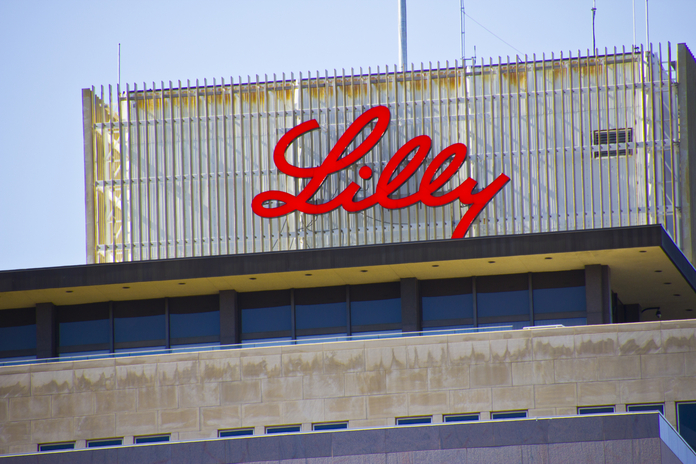One of the top-performing large-cap pharmaceutical stocks over the past two years has been Eli Lilly (NYSE:LLY). Yet, it recently released an earnings report that was as disappointing as an egg.
Shares of LLY fell from near their all-time highs to the bottom of a multi-month trading range due to the unfavorable reaction to the firm missing Q2 revenue projections. LLY shares now seem to be able to test the $280s soon if they can’t immediately restore their composure.
Global Q2 revenue for Eli Lilly fell by around 4% to $6.5 billion. One of the more significant factors that fell short of estimates was COVID-19 antibody sales, which fell by around 13% from the same quarter a year earlier to roughly $129 million. Additionally, this sharply declined from the $1.5 billion in COVID-19 antibody sales LLY reported in Q1 2022.
According to Eli Lilly, a portion of the sales loss was caused by an 11% decrease in realized drug costs and a 3% impact from fluctuating currency exchange rates. International revenue fell by around 16% to about $2.6 billion, while domestic revenue fell by about 6% to about $3.9 billion. LLY reduced its full-year 2022 profits guidance from the previous range of $7.30 to $7.45 that it stated last quarter to a range between $6.96 to $7.11 on a reported basis.
LLY, on the other hand, benefited from various medications, including Trulicity, Verzenio, and Jardiance. Jardiance generated about $461 million in revenue during the quarter, while Trulicity’s sales totaled $1.9 billion. Eli Lilly also reported that the company’s lung cancer medication Alimta experienced a revenue reduction of more than 60% to roughly $227 million due to the loss of patent protection that now permits generic competition.
Eli Lilly’s recent success has been attributed mainly to its pipeline, which has many highly promising pharmaceuticals. Donanemab, an investigational Alzheimer’s drug from LLY, would be among the most significant of these potential treatments.
According to Eli Lilly, the FDA gave the company’s application an expedited priority review. Tirzepatide, an experimental weight-loss medicine produced by Eli Lilly, was first created as a type 2 diabetes treatment. The possibility of these two potential treatments undoubtedly contributed significantly to LLY’s strength during the past few quarters.
Currently, LLY seems just as concerned about the future of donanemab and tirzepatide as it does about the actual performance of its current drug portfolio. As a result, there is probably a good deal of equity risk associated with the potential failure of each treatment. The potential success of tirzepatide as a weight-loss medication would make it a standout blockbuster, but its failure to be approved to treat obesity is expected to result in a sharp decrease in share price.
As a result of the most recent post-earnings decline, LLY shares are now trading slightly above $300 per share, which does seem to be a positive level. In addition to being a beautiful round number and towards the bottom of LLY’s recent trading range, the share price remained around $300 for most of the second quarter. Around $280, which is close to LLY’s 50-day moving average, also seems to be a support level.
If $280 can’t hold, it seems likely that LLY shares will revert to the trading range they were trapped in for the majority of the second half of 2021, which was between about $240 and $280.
Conclusion
One of the best and most costly large-cap pharmaceutical businesses is Eli Lilly. This recent sell-off following earnings may persist, particularly if the market as a whole declines. Furthermore, despite its tiny size, LLY’s most recent guidance cut will probably need a wave of analyst revisions in the upcoming weeks. Large pharmaceutical firms frequently do worse before elections as well because of the possibility that they may be the target of post-election regulation and campaigning.
Since such worries are typically exaggerated, any further declines in the price of Ely Lilly shares during this quarter and the one after it will almost certainly represent excellent long-term buying opportunities.
I’m waiting to see if $300 can hold, thinking that if it doesn’t, the low $280s will probably happen soon after. If the low $280s don’t hold, it seems like a severe sell-off to $240 is probable. Still, that level also appears to be very supportive and a fantastic place to purchase for the long run.
Featured Image: Megapixl © Jetcityimage















